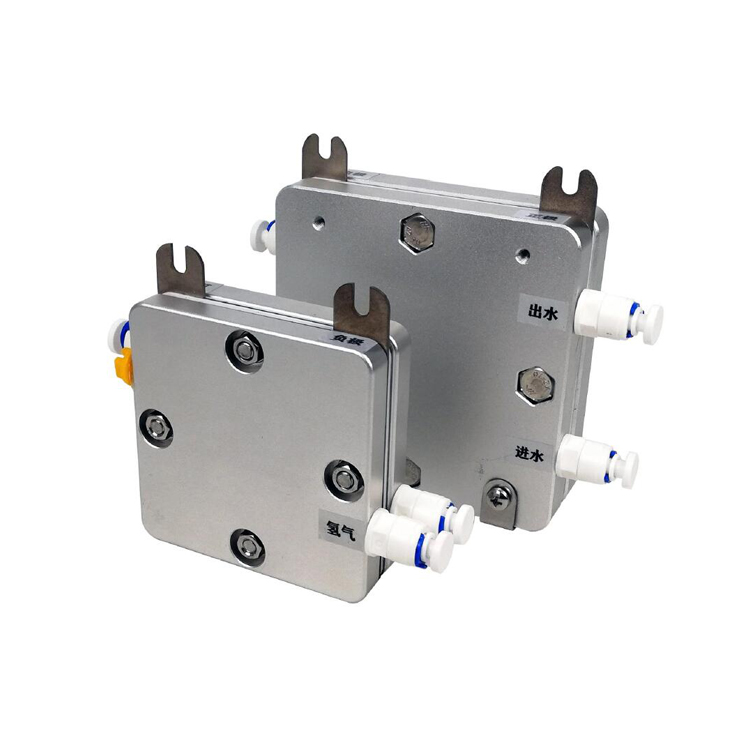Exploring the Fundamental Working Principle of PEM Electrolyzers: How Proton Exchange Membranes Enable Water Electrolysis
2024-06-05
PEM electrolyzers, or Proton Exchange Membrane electrolyzers, play a crucial role in the production of hydrogen gas through water electrolysis. Understanding their fundamental working principle and how they utilize proton exchange membranes (PEM) is essential for appreciating their significance in renewable energy and sustainable development.
The Basic Working Principle of PEM Electrolyzers
PEM electrolyzers convert electrical energy into chemical energy in the form of hydrogen gas. The process of water electrolysis involves splitting water molecules (H₂O) into hydrogen (H₂) and oxygen (O₂) gases using an electric current. In PEM electrolyzers, this process is facilitated by a special membrane called the proton exchange membrane.
Role of the Proton Exchange Membrane (PEM)
The PEM is the heart of a PEM electrolyzer. It is a thin, ion-selective membrane that allows protons (H⁺) to pass through while preventing the passage of electrons, water molecules, and other ions. This selective permeability is crucial for the efficient separation of hydrogen and oxygen gases during water electrolysis.
How PEM Electrolyzers Work
Here's a step-by-step explanation of how PEM electrolyzers utilize PEM to electrolyze water:
Water Supply and Electrolysis Chamber: Water is supplied to the electrolysis chamber, which contains the PEM sandwiched between an anode and a cathode.
Application of Electric Current: An electric current is applied to the anode and cathode, creating a potential difference across the PEM.
Oxidation at the Anode: At the anode, water molecules are oxidized, releasing oxygen gas (O₂) and protons (H⁺). The protons migrate through the PEM towards the cathode.
Reduction at the Cathode: At the cathode, protons (H⁺) received from the PEM combine with electrons to form hydrogen gas (H₂). The electrons travel from the cathode to the anode through an external circuit, completing the electric circuit.
Separation of Gases: The oxygen gas produced at the anode is separated from the hydrogen gas produced at the cathode by the PEM. This separation ensures purity and safety during hydrogen production.
Advantages of PEM Electrolyzers
PEM electrolyzers offer several advantages compared to other electrolysis technologies:
High Efficiency: PEM electrolyzers operate at higher efficiencies, typically around 70-80%, due to their low energy consumption and high gas purity.
Compact Design: The PEM allows for a compact design, making PEM electrolyzers suitable for integration into small-scale and distributed energy systems.
Fast Startup and Shutdown: PEM electrolyzers can be started up and shut down quickly, enabling them to respond to dynamic energy demands.
In conclusion, PEM electrolyzers utilize proton exchange membranes to efficiently electrolyze water and produce hydrogen gas. Their fundamental working principle involves the selective permeability of the PEM, which enables the separation of hydrogen and oxygen gases during the electrolysis process. The advantages of PEM electrolyzers make them a promising technology for renewable energy and sustainable development.



